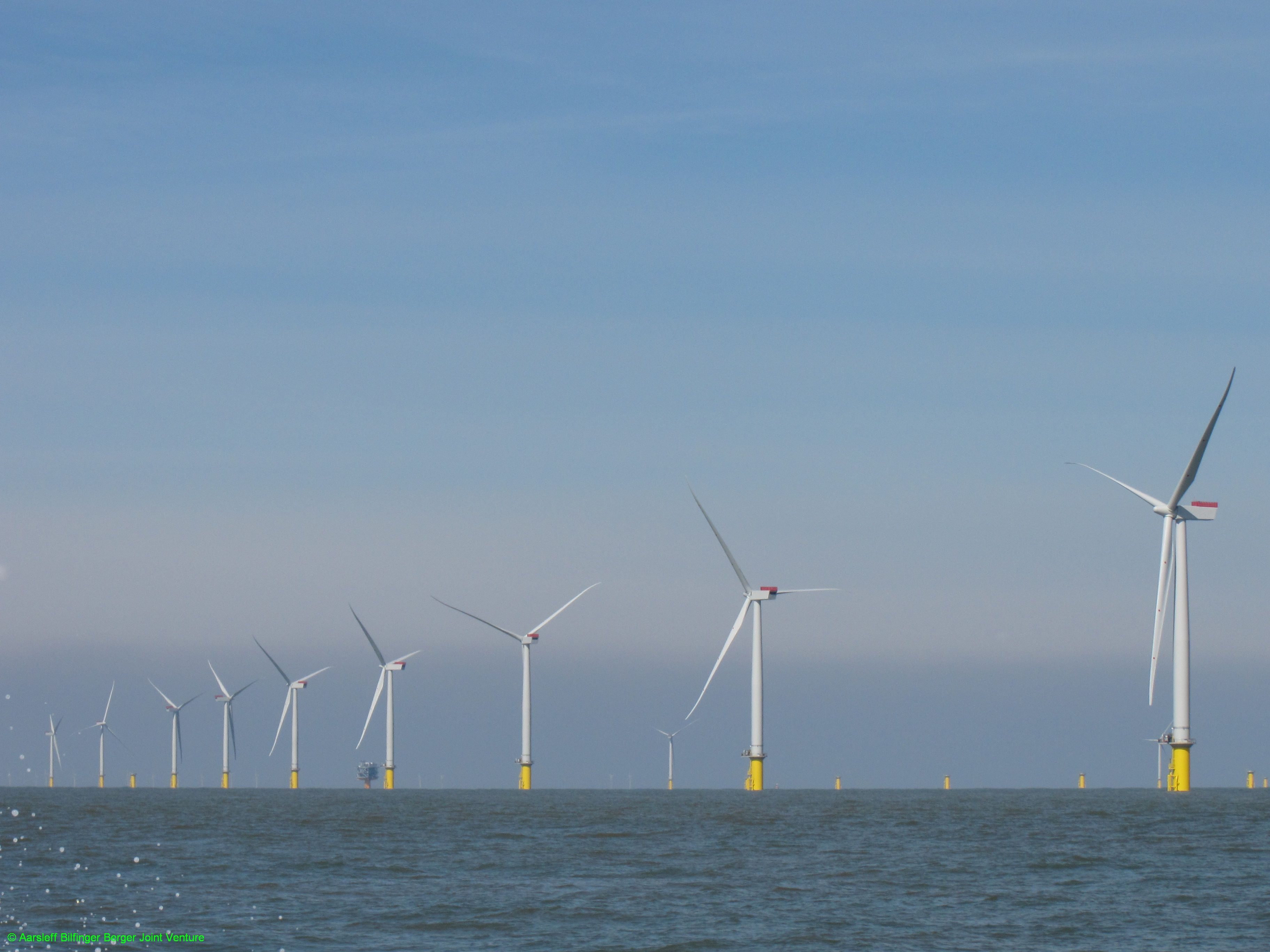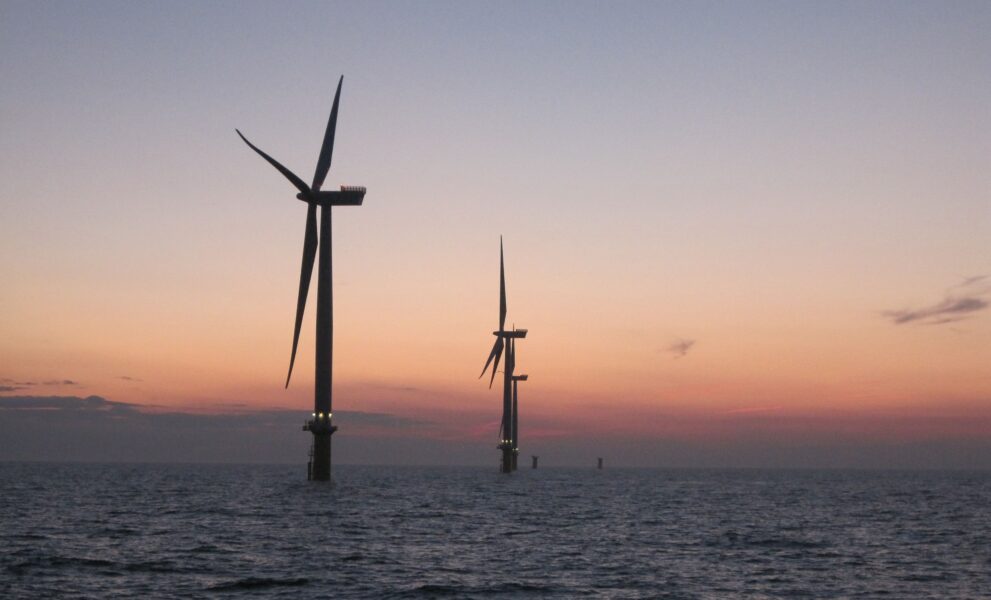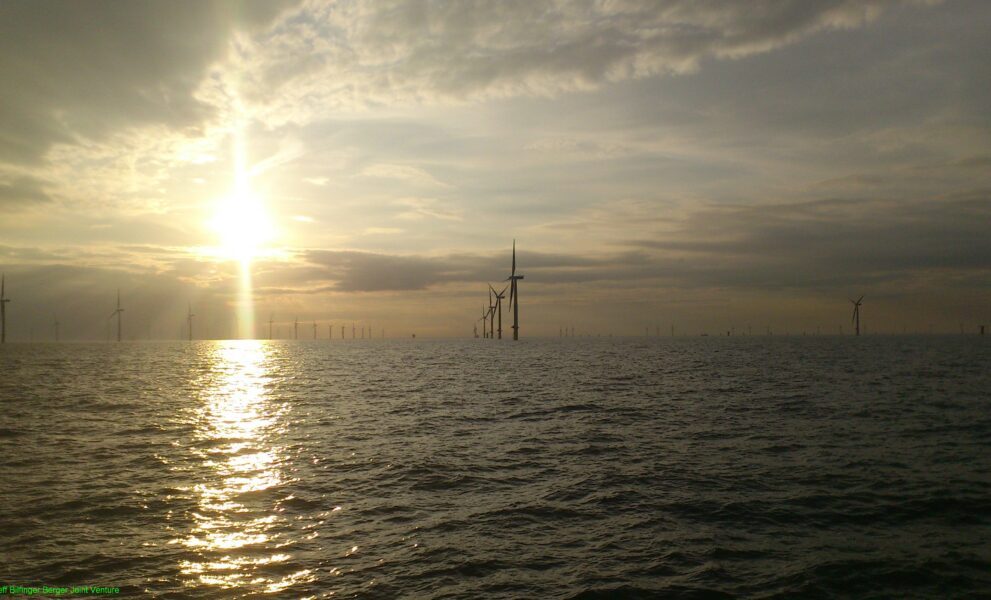
Dillinger heavy plate for the
London Array offshore wind farm
On 4th July 2013 Prime Minister David Cameron officially inaugurated in Margate the currently world’s largest offshore wind farm.
London Array is located in the outer Thames Estuary, around 20 km (12.4 miles) off the coasts of Kent and Essex.
London Array consists of 175 wind towers, each carrying a 3.6 MW turbine, for a total output of 630 MW. The energy generated is sufficient to supply up to 500,000 private households with electricity from wind power. According to the operator, this new wind farm will contribute significantly to the attainment of Britain’s ambitious climate targets, enabling the United Kingdom to take a great step forward in reducing CO2 emissions. London Array should help reduce harmful CO2 emissions by more than 900,000 t a year, equivalent to taking nearly 300,000 cars off the road each year.
The dimensions of the wind turbines are gigantic. The total height up to the blade tip is nearly 150 m, the rotor diameter is 120 m.
The wind turbines are mounted on monopile foundations of diameters from 4.7 to 5.7 m in water depths of up to 25 m. These foundations, which have a total length of up to 85 m and a weight up to 650 t, are among the largest ever built. Dillinger supplied for these monopile foundations around 54,000 tons of, essentially thermo-mechanically rolled, heavy plates in thicknesses up to 100 mm.
The vessel MPI Adventure has been used for the installation of the monopiles. For this vessel Dillinger also supplied 3,250 tons of the quenched and tempered steel DILLIMAX 690E in 100 mm thickness for the extendable legs.
Upon its inauguration, London Array immediately took over from another English wind farm, Walney – for the monopiles of which Dillinger also supplied around 43,900 tons of heavy plate – as the world’s highest-output offshore wind farm.





